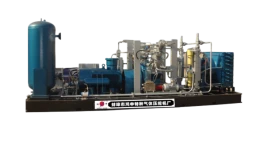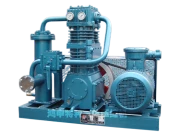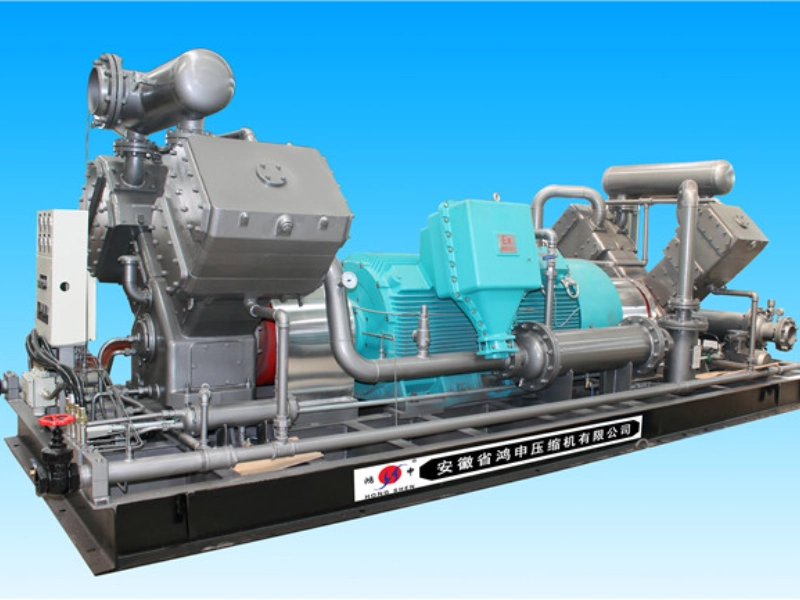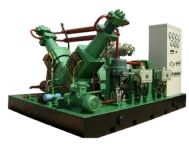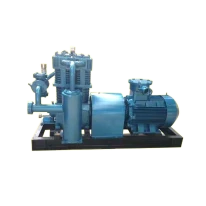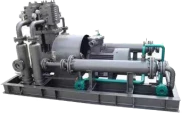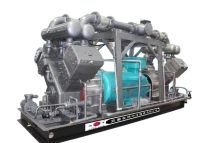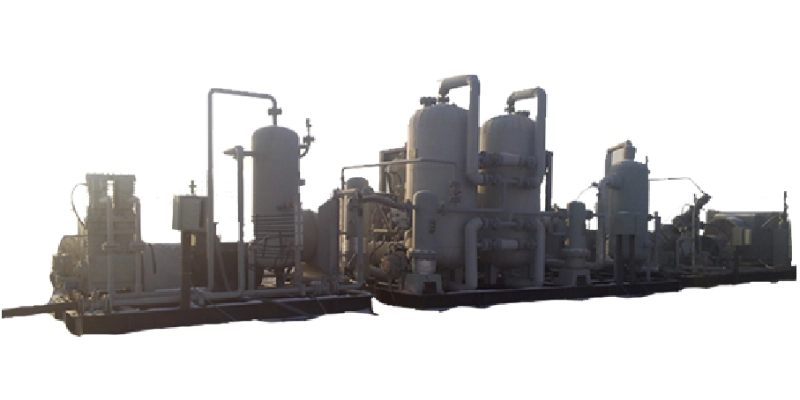High-pressure air compressors play a vital role in industrial production, but regular maintenance and care are essential to ensure their long-term stable operation and extended service life. Here are some maintenance suggestions for high-pressure air compressors to help companies extend the service life of equipment and ensure its efficient operation:
1. Regularly replace engine oil and filter elements
The engine oil and filter elements of high-pressure air compressors need to be replaced regularly. Engine oil is essential for the lubrication of equipment. It can reduce friction between parts and prevent overheating while maintaining the working efficiency of the machine. The filter element helps clean the air and prevent dust and impurities from entering the equipment and causing damage to the machine. It is recommended to replace it according to the frequency of use and the recommended cycle provided in the equipment manual.
2. Check the air filter
The air filter is the first line of defense to protect the high-pressure air compressor from external impurities. Regularly check and clean the air filter to ensure that it is not blocked by dust and impurities. If the filter element is dirty or damaged, it needs to be replaced in time to ensure that the airflow of the compressor is unobstructed and reduce unnecessary energy consumption.
3. Keep the cooling system clean
Powerful high-pressure air compressors generate a lot of heat when running, and the work of the cooling system is essential. Check the flow of cooling water or cooling air regularly to ensure that there is no blockage or leakage in the cooling system. If the cooling effect is poor, the compressor may overheat, which will affect the performance of the equipment or even cause damage. Cleaning the radiator, heat exchanger and related pipes is an effective measure to prevent overheating.
4. Check the exhaust system regularly
The exhaust system is used to remove the exhaust gas generated during the operation of the compressor. Check the exhaust pipes and valves regularly to ensure that there are no leaks or blockages. If the exhaust is not smooth, it may cause the machine to be overloaded, reduce efficiency, and even cause equipment damage.
5. Perform pressure and leak tests regularly
Performing pressure and leak tests can help detect possible problems with the equipment early. Check all pipes, joints and valves to ensure that there are no gas leaks. Gas leaks not only affect the efficiency of the compressor, but also may cause safety hazards. Through regular testing, potential problems can be discovered and solved in time to prevent small problems from turning into major failures.
6. Monitor and adjust the pressure switch
The pressure switch is a key control component of the high-pressure air compressor, which is responsible for controlling the switch and working pressure of the equipment. Check the function of the pressure switch regularly to ensure that it is accurate. Too high or too low pressure may have a negative impact on the compressor, so it is necessary to adjust the reasonable working pressure according to the machine’s operating conditions.
7. Clean the outside of the equipment regularly
Although the core components of the durable high-pressure air compressor need regular maintenance, the external cleaning of the equipment should not be ignored. Cleaning the external parts of the compressor, such as the radiator, housing, etc., can prevent dust and oil accumulation, avoid poor heat dissipation and other potential problems.
Proper maintenance of high-pressure air compressors can not only extend their service life, but also greatly improve production efficiency, reduce downtime and reduce maintenance costs. Ensure the normal operation of each component through regular inspection, cleaning and maintenance.

